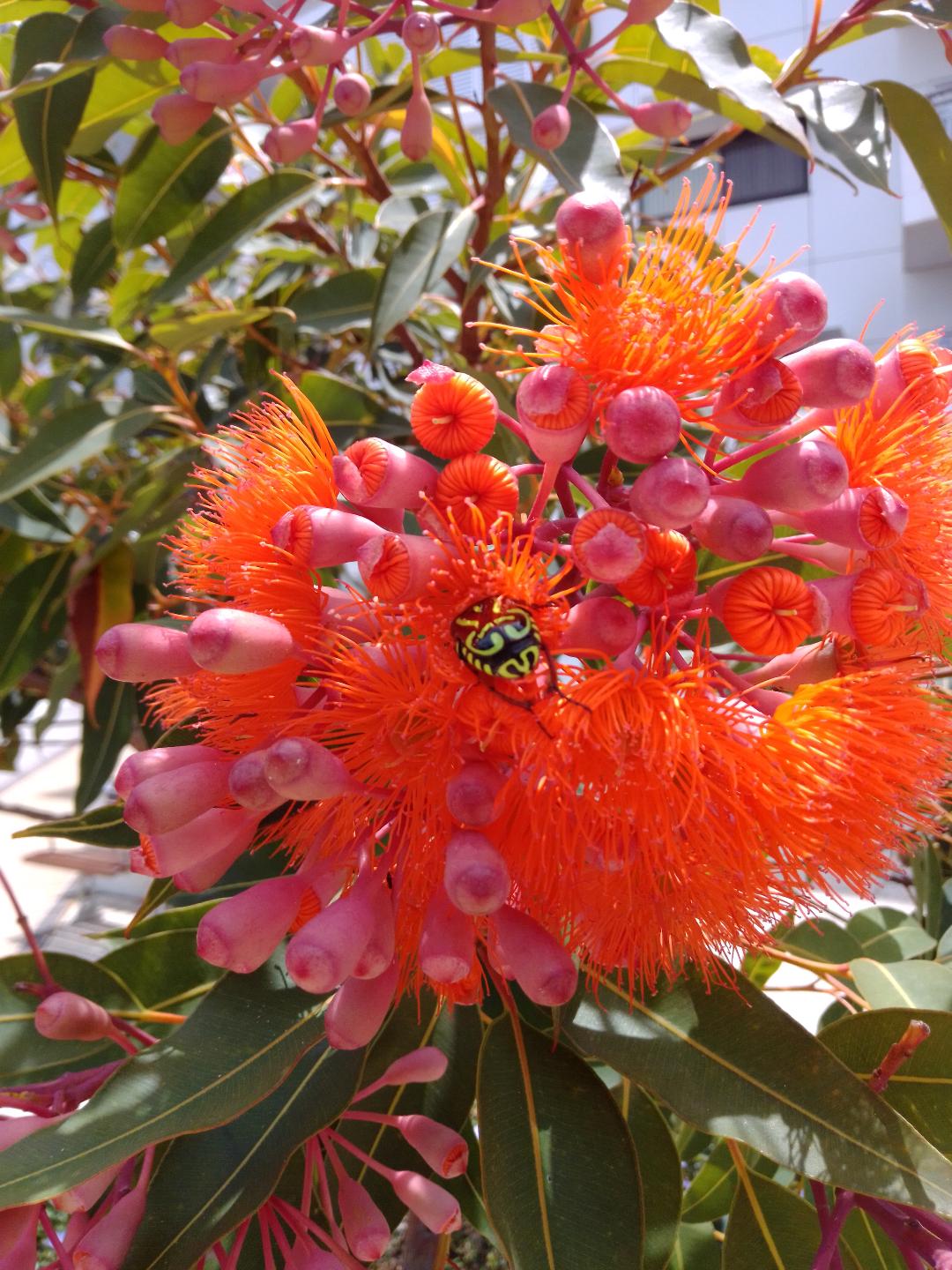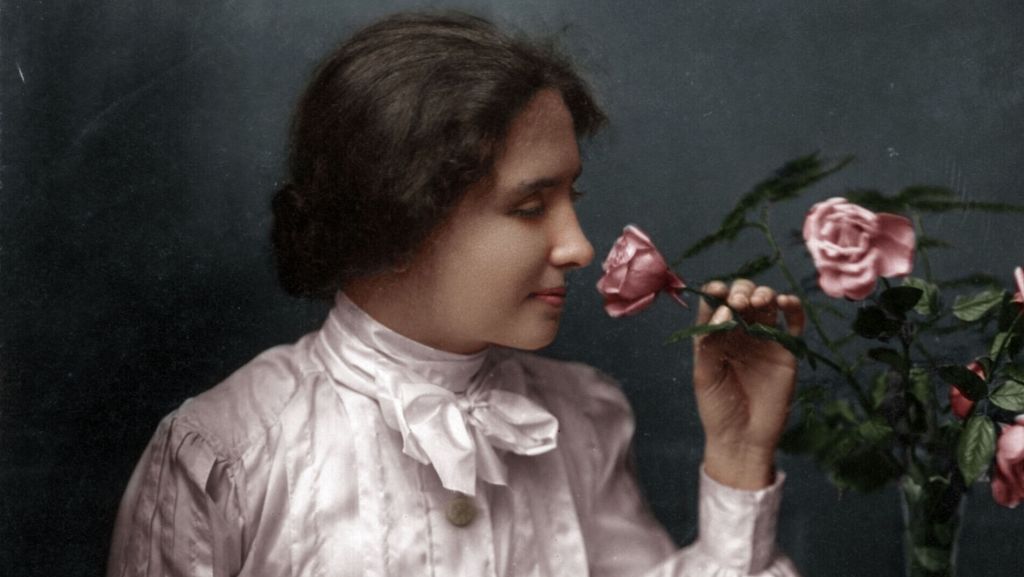Making good experiences even better

(This post updates and extends content in chapters 2, 3, 7, 8 and 10 of Connect with Nature). How good are you at making the most of those events in life that trigger ‘feel-good’ emotions such as joy, gratitude, contentment, awe and inspiration? When you are looking at natural scenes or objects like the ones in the photos, for example, do you ever do anything to increase the emotional impact of the experience?
These may strike you as odd questions, especially if you think that emotions, both positive and negative, are reactions to what happens to us. If someone pays you a compliment, for example, it may seem obvious that you ‘automatically’ react with feelings of pleasure and pride. In the same way, it may seem that the fear you feel when accosted by a snarling dog is a direct reaction to the dog’s behaviour.
But emotions are not hard-wired, automatic or direct reactions. When bad events occur, people do not automatically feel negative emotions and, conversely, good events do not automatically trigger positive emotions. Emotions do not arise from events as they are but as they appear to be to our brains.
It may seem that what we experience moment-by-moment is the ‘real’ world, the world that is. But what science has discovered is that our brains work on the basis of what they expect or predict the world to be – their version or interpretation of the world. They work this way because they cannot process all the information they receive (11 million bits every second). To avoid being overwhelmed, they make ‘guesses’ about what is happening in the external world. The guesses take the form of expectation and predictions based on models our brains have distilled from past experience. By selecting the models which seem to fit the information that can be processed our brains create their versions of the world. The fit may or may not be a good one, but the versions our brains create are THE world as far as our brains are concerned.
What this means is that the world you are navigating moment-by-moment is one created by your brain and is, therefore, uniquely yours. It may be a world that others appear to share, but that is an illusion.
It also means that our emotions are not responses to actual events or situations but to our brains’ reading of those events and situations. So, by giving ourselves experiences that change the mental models our brains use to fashion our expectations and prediction about the world, we can change and regulate our emotions. If you have overcome a fear of water, for example, by gradually extending your water activities, you have applied this principle.
What works for negative emotions, such as fear, works also for positive emotions. We can enhance the joy, gratitude, interest and inspiration, for example we get from situations, including situations that already evoke positive emotions. We can make ‘good’ experiences even better.
A way of doing this is by savouring, a process developed by Professor Paul Bryant. Savouring is attending to, appreciating and enhancing positive experiences. A person savouring a piece of quality chocolate, for example, might roll the piece around in their mouth consciously sensing the different flavours and textures of the chocolate and the filling. They might focus on the feelings they are having – joy, contentment and gratitude, for example. They might break up the piece so that can extend the experience. And they might share their thoughts and feelings about the chocolate with someone else.
In contrast, another person might pop the whole piece into their mouth, give it a quick taste and swallow it. This would not be savouring. Savouring focuses and dwells on the positive feelings that flow from an event as well as the event itself. It also involves strategies that intensify and prolong the experience. Savouring “involves not just the awareness of pleasure, but also a conscious attention to the experience of pleasure”.
Savouring increases enjoyment of life. It places us in charge of our own happiness, and it can be applied to almost any positive experience – present, past (as captured in a memory or reminiscences) or future (as anticipated or imagined).
The benefits of savouring have been extensively researched and include:
- promoting happiness
- reducing the symptoms of depression and anxiety
- buffering stress
- reducing the risk of mental health disorders including suicidal ideation
- controlling pain
Savouring delivers its benefits by changing our brains. It is known to do this in two ways. First, it strengthens our brains’ capacity to produce positive emotions. This is important because evolution has given us brains that are more attentive and responsive to negative events. It is said that it takes five positive experiences to match the impact of one negative one.
Second, by enriching positive emotions, savouring creates conditions in our brains that lead to sensory, mental and emotional growth. Barbara, a stellar figure in the study of emotions, has conducted many studies showing that positive emotions broaden our sensory, cognitive and social awareness. By fostering curiosity, learning and social engagement, this opening up to world promotes the building of personal resources for survival, happiness and well-being. Having regular doses of positive emotions also increase the odds of having more of the same, thus setting off an upward spiral of broadening and building.
Savouring is easy to learn. It is a matter of following simple guidelines that apply to virtually all positive emotional experiences. But in the outline below, I describe them with nature experiences in mind.
- Start by choosing a nature activity to savour. It is important to choose an activity that attracts and appeals to you and is suited to your needs and circumstances. As nature in some form is virtually everywhere, the activity can be at home, in the neighbourhood or further afield. Chapters 2 and 3 of my book Connect with Nature make choosing a nature activity very easy.
- Whatever the activity, it is important to approach it with the intention of savouring.
- If necessary, calm, declutter and focus your mind in preparation for the experience, by following the SOTI procedure described in my previous post, for example.
- Dwell in the experience. Give yourself time to pay full attention to the natural setting or features that have triggered your positive emotions and to the emotions themselves. Stop or slow you pace occasionally on a nature walk, for example.
- Open your senses. Take time to cycle through each of your senses, spending several minutes noticing what comes up with each sense: what you can see, hear, touch, smell, and taste. How many different sounds can you hear? What’s the most distant sound you can perceive? Notice the different visual patterns, shapes, shadows, and colours. Notice what moves and what doesn’t. What does the tree bark smell like? How many different scents can you notice? What does the grass taste like? Take off your shoes and feel the sensation of the bare earth or grass beneath you. Explore the details of the setting or feature that is triggering your emotions. Go with any desire to focus you senses more intently on these details.
- Be aware of your feelings. Label and describe them in ways that are meaningful and helpful to you. Notice how they are playing out in your body: Are they making you feel happier, less tense or thankful? Express them in word and/or action if you desire. Be especially conscious of feelings of joy, wonder, awe, curiosity and openness to other people.
- Stay with your feelings. Don’t be in a hurry to turn them off by changing focus mentally or moving on physically. Stay focussed on them for as long as it feels good to do so. Gently acknowledge and set aside any distracting thoughts (as when meditating).
- Connect your feelings with the feature or setting. Ask what is the source or trigger of the feelings you are having?
- Make a record of the feature or setting. Close your eyes and make a mental image of it, for example. Take a photo or make an audiovisual recording. Make a drawing or rehearse some thoughts to be written up later.
- Share the experience. The emotions generated by a nature experience can be intensified by sharing the experience with others. This can help preserve the freshness of the experience and consolidate memories of it. Such sharing also promotes feelings of camaraderie and connection.
- Keep savouring enjoyable. Never let it become a should-, ought- or must-do activity. And don’t expect enduring benefits to come rapidly (short-term benefits, yes). Remember that these enduring benefit accrue incrementally. So, helping yourself to frequent, quality doses of savouring is the way to go.
Helen Keller was a world renowned author and political activist who lost her vision and hearing in early childhood. Despite her disabilities, Keller was able to take in the phenomena and beauty around her.
In one of her essays, she lamented that “those who have never suffered impairment of sight or hearing seldom make the fullest use of these blessed faculties. Their eyes and ears take in all sights and sounds hazily, without concentration and with little appreciation”.
She added:
Now and then I have tested my seeing friends to discover what they see. Recently I was visited by a very good friend who had just returned from a very long walk in the woods, and I asked her what she had observed. ‘Nothing in particular’, she replied. I might have been incredulous had I not been accustomed to such responses, for long ago I became convinced that the seeing see little.


